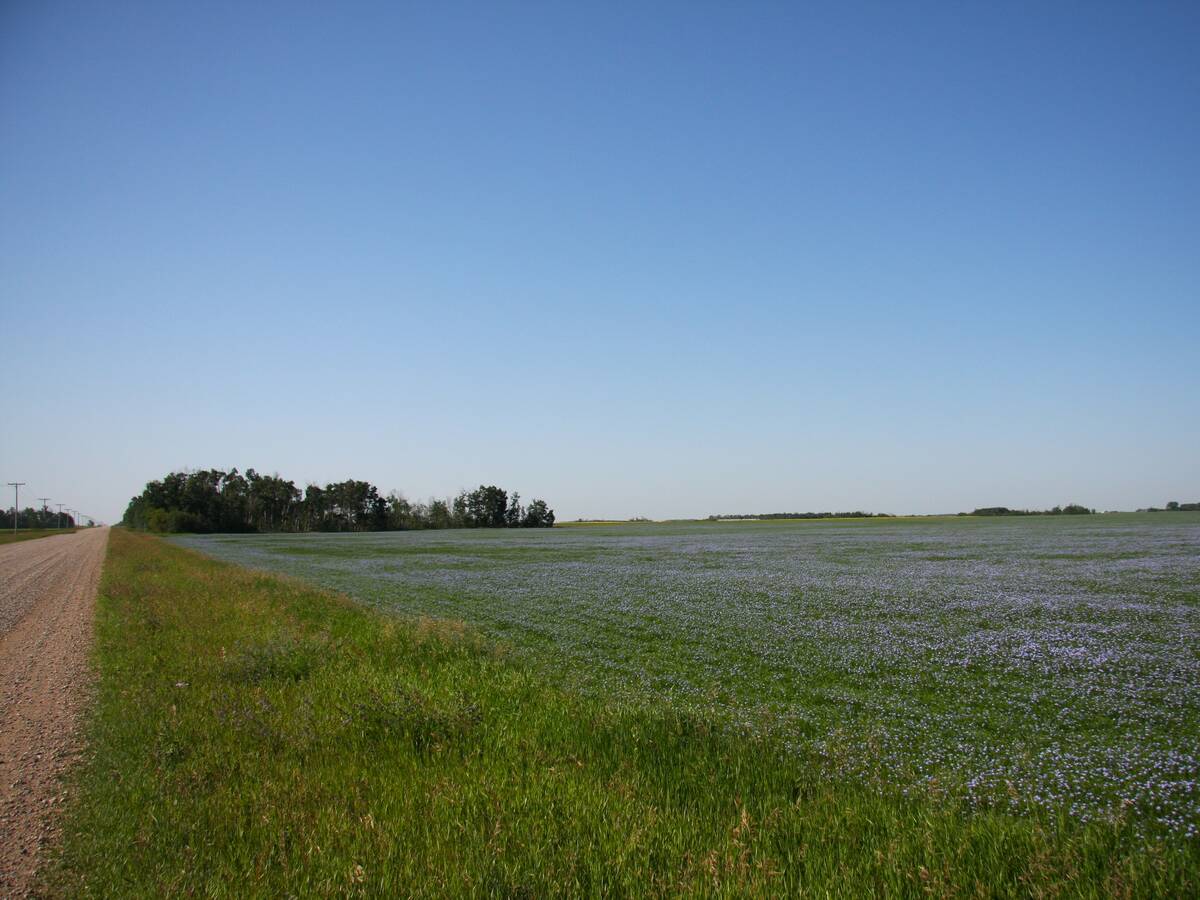It’s possible to expand irrigation into the dry regions of southern Alberta, says a recent study of water supply in the South Saskatchewan River system.
However, an irrigation specialist doubts it will happen, even though farmers have improved their efficiency by using the same amount of water to irrigate twice as many crops as they did 50 years ago.
“I don’t see any more water being licensed for irrigation,” said Kent Bullock of the Taber Irrigation District.
“Any growth in irrigation will have to come from saving water on existing licences.”
Read Also

Farmland advisory committee created in Saskatchewan
The Saskatchewan government has created the Farm Land Ownership Advisory Committee to address farmer concerns and gain feedback about the issues.
Bullock agreed with the report on the need for more reservoirs.
“More storage will have to be built to better manage the water we have,” he told the Alberta Irrigation Projects Association annual meeting in Calgary Feb. 17-18.
“This will be essential based on long-term future growth.”
The recently released South Saskatchewan River Basin water supply study said expansion is possible even with the impacts of climate change and reiterated the need for more storage.
Climate change might alter precipitation patterns that ultimately reduce river flows or change the timing of spring runoff.
Additional on-stream storage of more than 100 million sq. metres is possible and would capture more mountain runoff, especially if runoff starts earlier during a warm winter.
“Off-stream storage exists, but is not as useful as on-stream reservoirs,” said Jennifer Nitschelm, who worked on the study at Alberta Agriculture.
Conservation and more storage could even out the variability of supply.
“We need to look at natural flows occurring in late spring and early summer with plenty of variability for water management,” she told the irrigation meeting.
The study said more water would be available in Alberta if the province started taking its full share before passing it on to Saskatchewan.
Under a 1969 agreement among the three prairie provinces, Alberta must send 50 percent of the water eastward. On average, Alberta has allowed more than 80 percent of the apportionment to flow eastward.
The study said Alberta now uses more than 1.9 million sq. decameters, or 40 percent of the volume of water allocated for use.
By 2030, water use could increase to 3.04 million sq. decameters.
One cubic decameter of water equals 1,000 cubic metres. One cubic metre of water equals 1,000 litres.
Bullock sits on the Alberta Water Council, a partnership of governments, industry and nongovernment organizations to monitor the province’s Water for Life strategy for clean, safe water and a healthy environment.
The council asked seven major water user groups to find new ways to conserve water with voluntary targets that could by reached by 2015: irrigation, electricity generators, forestry, petrochemical, oil and gas, municipalities, mining and oilsands.
There are 1.3 million acres of irrigation within the 13 farmer run districts. Water is delivered to about 6,000 producers on 1.3 million acres while another 3, 000 private irrigators on 310,000 acres divert water from rivers and lakes.
Bullock said irrigators can’t change how much water plants require, but they can deliver water more effectively.
Farmers used 24 inches of water per acre in 1976; today they use 16 inches. The difference is in the way water is delivered as well as slowing losses to evaporation and seepage.
Flood irrigation was common in the 1960s but farmers have since shifted to low pressure drop tube centre pivots.















